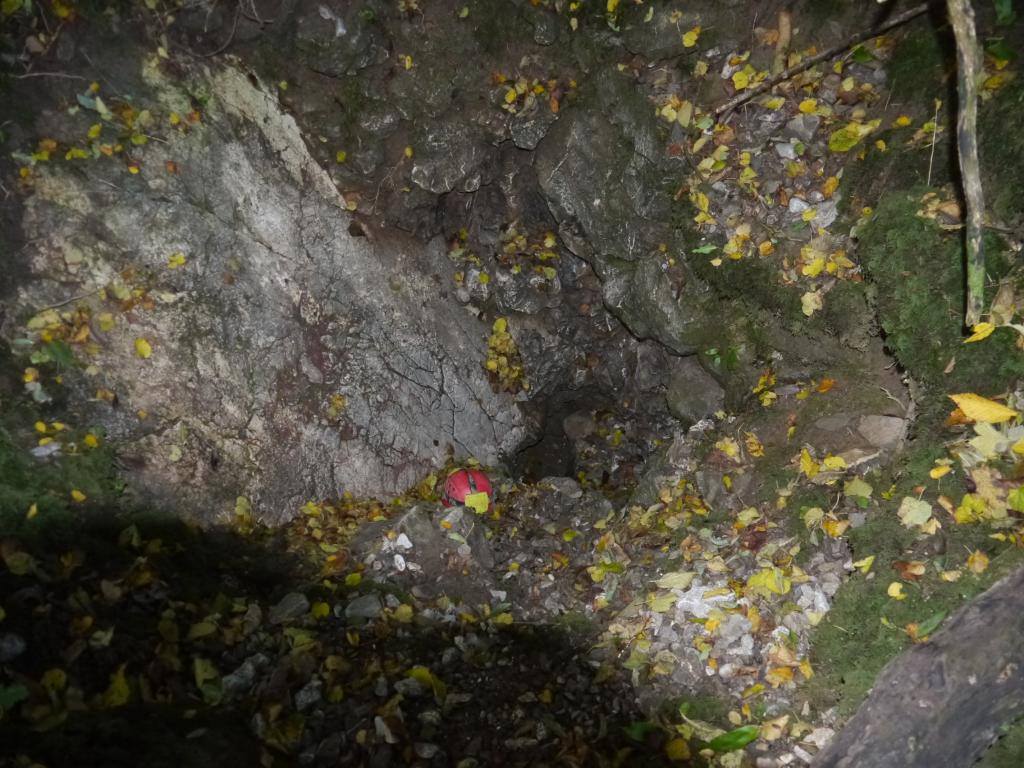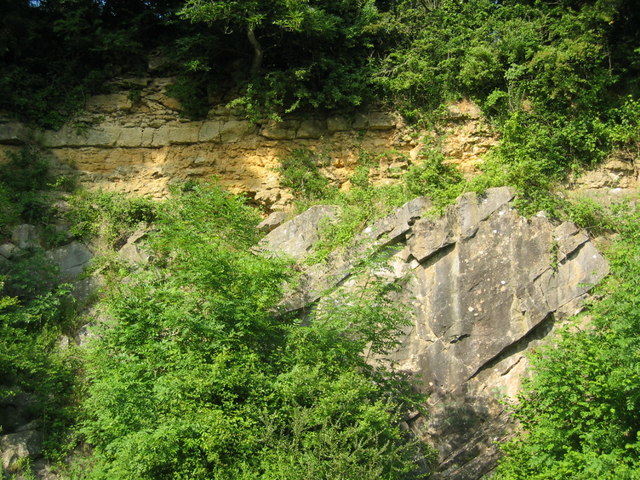TheBitterEnd
Well-known member
In a surface dig we have come across an interesting feature, basically one wall of the dig is a steeply dipping (>45?) bed but only a few metres higher there are obvious near horizontal beds. My first hunch was to think that this was either a big block that was just on it's side or something like a slickenside. But having exposed more of it, it is now much more likely to be a steepl dipping bed.
The limestones are probably of Holkerian age (but could be Arundian or Asbian) and near by there are extensive near vertical beds of a similar age. So the question is could these beds have been tipped up* and then further beds layed down unconformably on top? Or are we looking at somehting else?
Here's a picture looking down, the bed is on the LHS

*I'm sure there is a correct geological term for that?
The limestones are probably of Holkerian age (but could be Arundian or Asbian) and near by there are extensive near vertical beds of a similar age. So the question is could these beds have been tipped up* and then further beds layed down unconformably on top? Or are we looking at somehting else?
Here's a picture looking down, the bed is on the LHS

*I'm sure there is a correct geological term for that?



